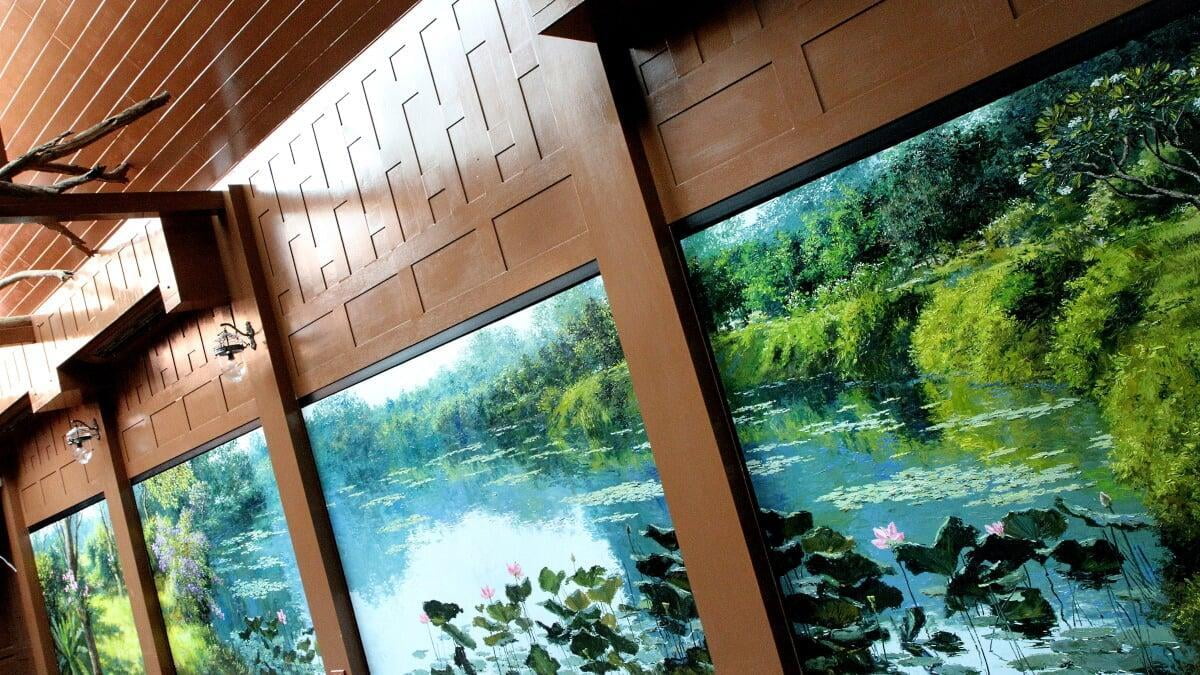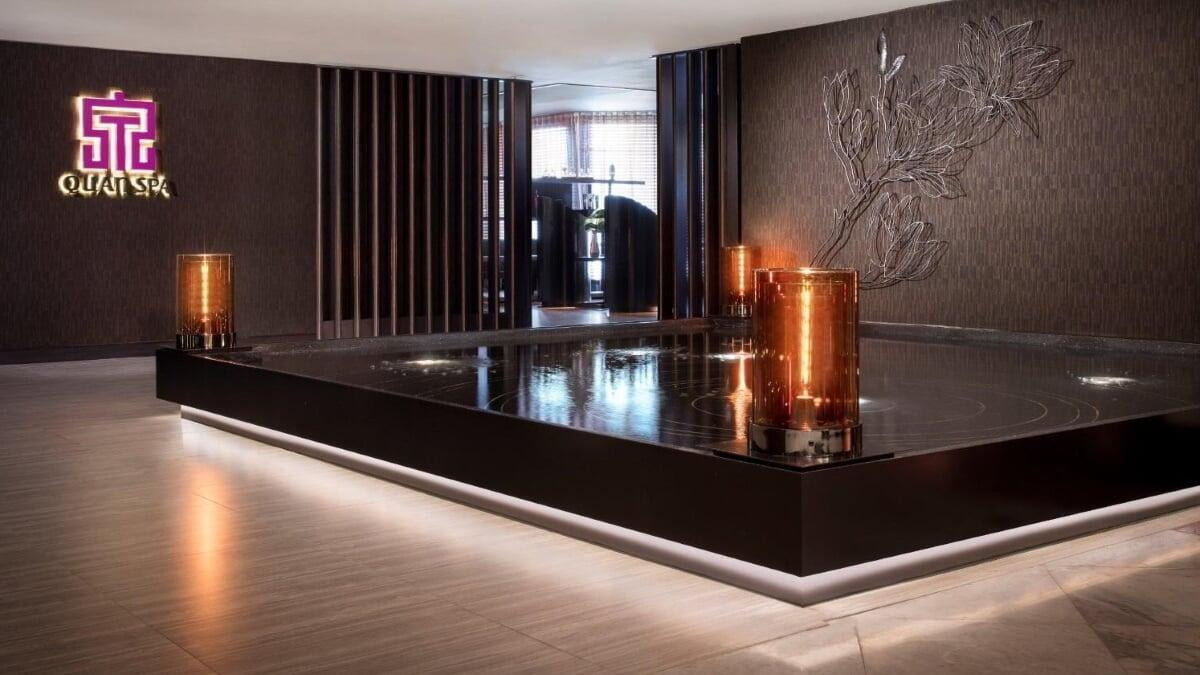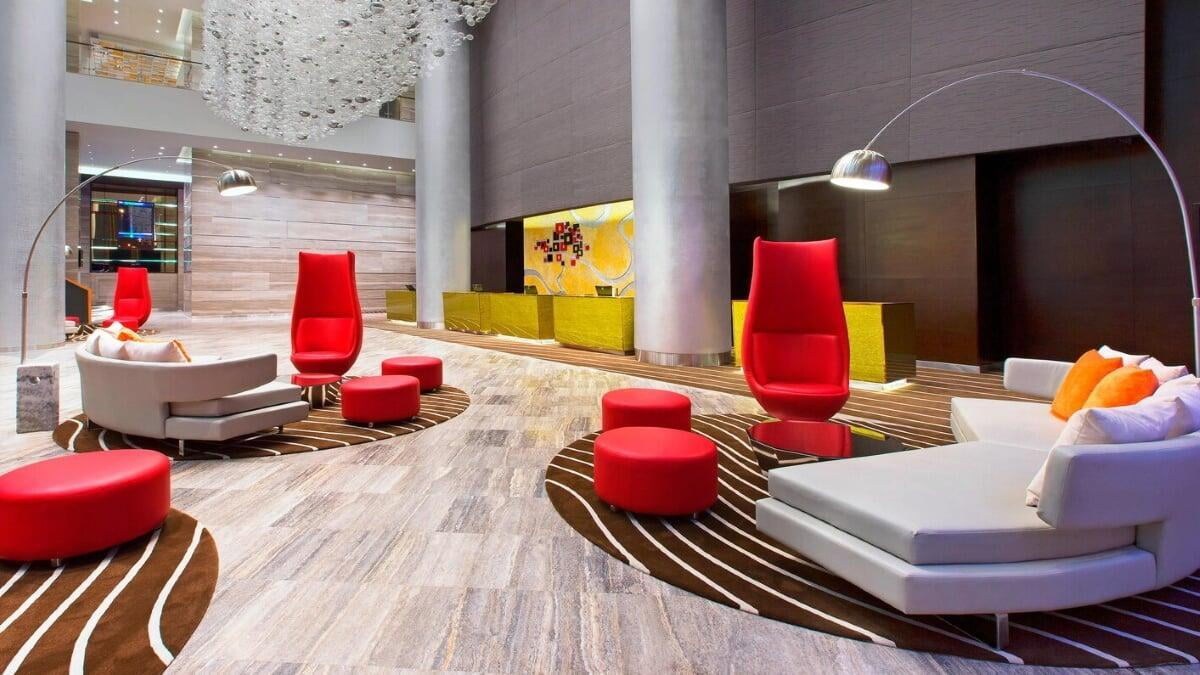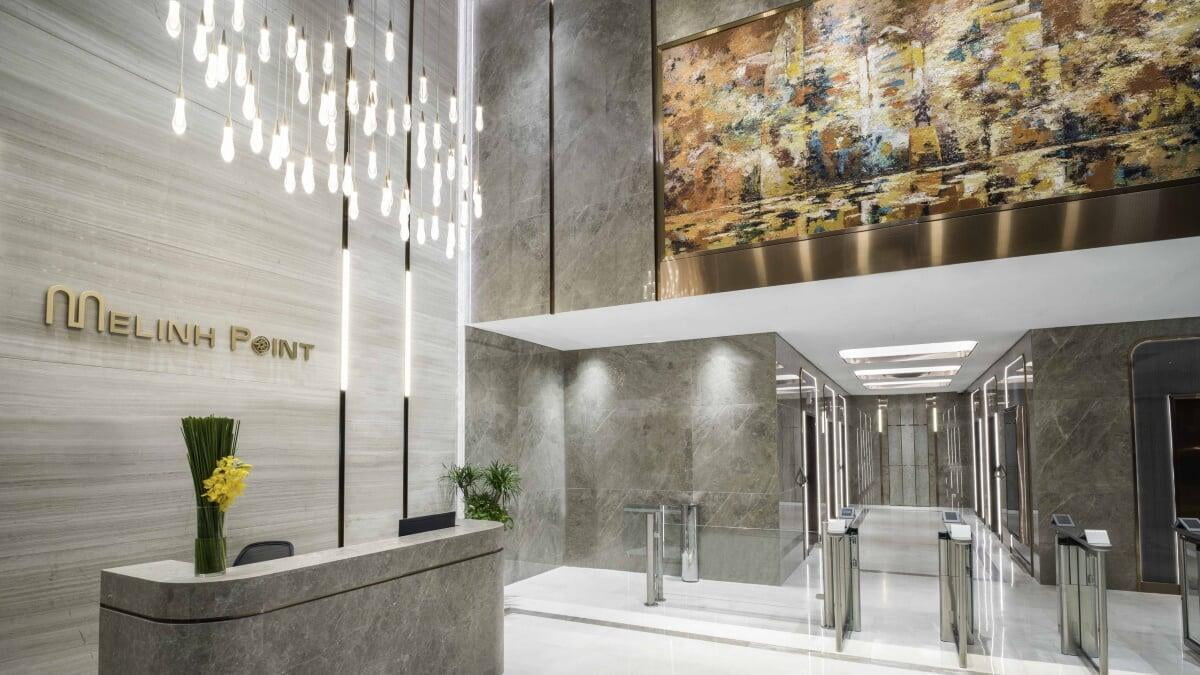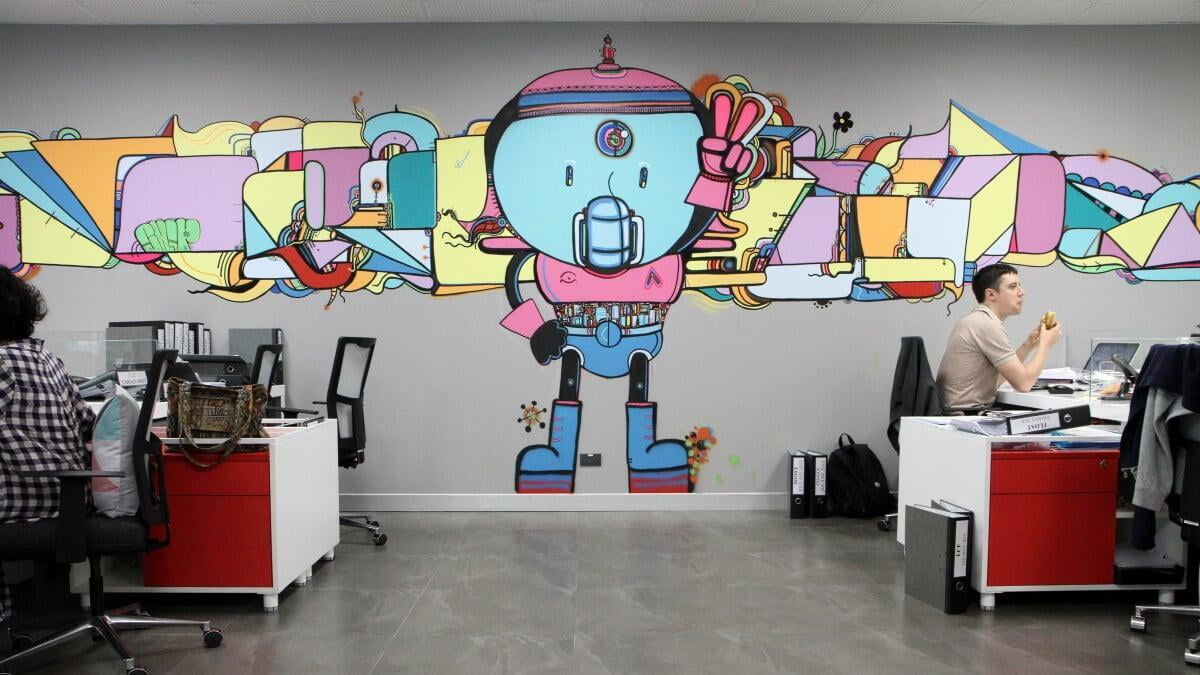In the hospitality industry, which includes hotels, restaurants, cafes, and bars, creating a welcoming and aesthetically pleasing environment is essential to provide a memorable experience for guests and connect them to local cultures. Artworks and decorative solutions contribute to the overall ambiance, making the space more inviting and visually appealing.
- Atmosphere: Art can set the tone and theme of the establishment, whether it's a contemporary art gallery in a hotel lobby or traditional paintings in a restaurant. It helps to create a specific atmosphere that aligns with the brand and target audience.
- Emotional connection: Art has the power to evoke emotions and connect with guests on a deeper level. The right artwork can trigger positive feelings, making guests feel comfortable and more likely to return.
- Unique identity: In a competitive market, businesses need to stand out. Art and decorative solutions can help create a unique identity for the establishment, distinguishing it from competitors and leaving a lasting impression on customers.
In the residential sector, homeowners often invest in art and decorative pieces to personalize their living spaces and add character to their homes. Here's why they are important:
- Self-expression: Art allows homeowners to express their personality, interests, and individuality. It transforms a house into a home, reflecting the tastes and values of the residents.
- Elevation of space: Well-chosen art and decorative solutions can elevate the overall design and appearance of a residential space. They add sophistication, visual interest, and a sense of luxury.
- Conversation starters: Art can act as conversation starters, creating a warm and welcoming environment for guests. It helps to establish a connection between the residents and their visitors.
In the commercial sector, which includes offices, retail stores, and other commercial spaces, the incorporation of art and decorative solutions can have several benefits:
- Productivity and creativity: In offices, art can foster a more creative and inspiring work environment. It has been linked to increased productivity, improved employee morale, and reduced stress.
- Brand image: For retail stores and businesses, art can reinforce the brand image and values. It communicates to customers the company's culture and commitment to aesthetics.
- Customer engagement: In retail spaces, art installations or displays can capture the attention of customers, encouraging them to explore the store and spend more time inside.
In cultural institutions like museums, art galleries, and exhibition spaces, art and decorative solutions are not just decorative but integral to the experience:
- Interpretation and education: Artworks in cultural institutions often convey historical, social, or political messages. They help educate visitors about different cultures, art movements, and significant events.
- Artistic appreciation: Museums and galleries are dedicated to showcasing art, so the interior design should complement and enhance the appreciation of the exhibited artworks.
- Visitor experience: The ambiance created by art and decor contributes to the overall visitor experience. A well-designed space can encourage visitors to engage with the exhibits and return for future visits.
Integrating works of art and decorative solutions in the hospitality, residential, commercial, and cultural sectors enhances the interior design by creating unique, inviting, and meaningful spaces. These elements establish emotional connections with customers, express individuality, reinforce brand identity, and contribute to a positive and memorable experience, ultimately attracting more customers and fostering loyalty.

